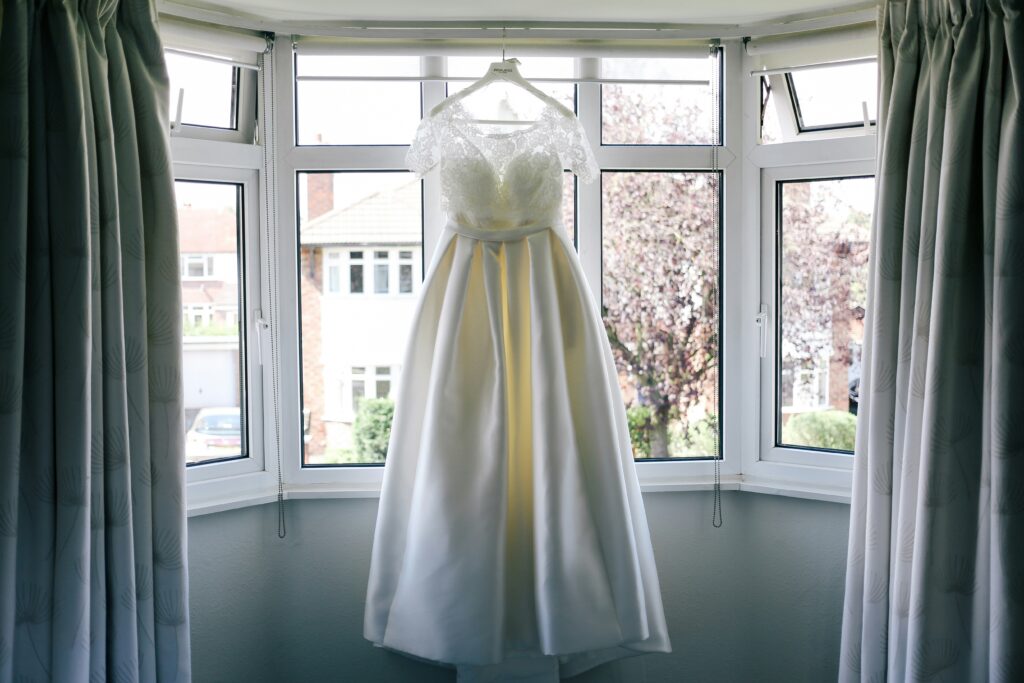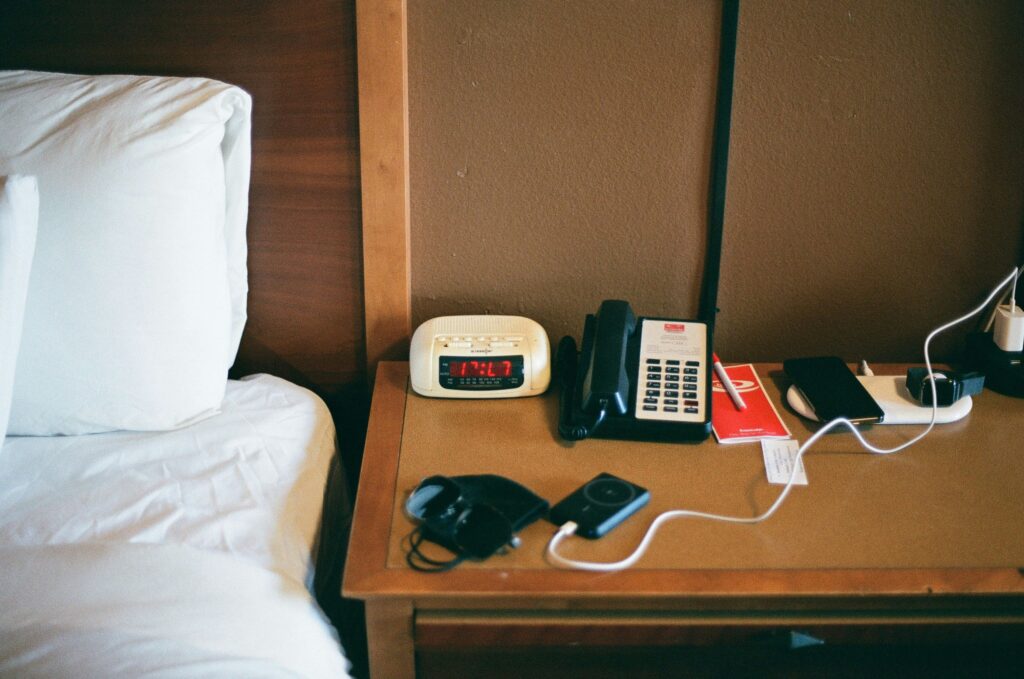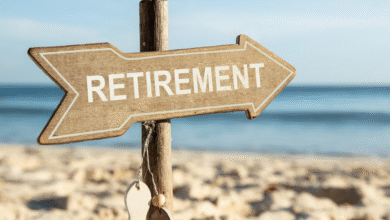9 Things I Stopped Buying To Save Money

Look, I’m not here to tell you that you need to live like a monk or survive on ramen noodles for the rest of your life. But let me share something real with you I was bleeding money for years without even realizing it.
Back when I graduated with my finance degree, you’d think I’d have all the answers, right? Wrong. I was making decent money but somehow always felt broke. The problem wasn’t my income it was my spending habits that were quietly sabotaging my bank account.
After tracking my expenses for three months (yeah, it was painful), I discovered I was throwing away nearly $800 monthly on stuff I didn’t need or even use. That’s almost $10,000 a year! Money that could’ve been invested, saved, or used for things that actually mattered.
So I made some changes. Not extreme ones, but strategic cuts that transformed my finances. Here are the nine things I completely stopped buying, and honestly? My wallet has never been happier.
Reasons You Should Tame Your Spending Habits
Before we get into the specific things, let’s talk about why this matters. And no, it’s not just about becoming a penny-pincher.
Savings
Here’s a harsh truth: you can’t save what you’ve already spent. Sounds obvious, but most people don’t realize how their daily purchases add up.
According to behavioral economics, we suffer from something called “mental accounting bias.” Basically, we treat small purchases differently than large ones. That $5 coffee? No big deal. But do that five times a week, and you’ve spent $1,300 annually on caffeine.
When you identify and eliminate unnecessary expenses, you create what I call “passive savings”money that stays in your account without you having to do anything extra. This isn’t about deprivation; it’s about intentional spending.
Investments
Look, saving money is great, but it’s just the first step. The real magic happens when you invest that money.
Let’s say you cut $500 monthly from unnecessary expenses. If you invest that in an S&P 500 index fund averaging 10% annual returns, you’d have approximately $102,000 in 10 years. That’s the power of compound interest, my friend.
But you can’t invest money you don’t have. Every dollar wasted on unnecessary purchases is a dollar that can’t work for you. It’s literally the difference between building wealth and staying stuck financially.
Debts
Here’s something they don’t teach you in school: debt is wealth moving in reverse.
The average American carries about $90,000 in debt (mortgages excluded). With credit card interest rates hovering around 20-25%, that debt doesn’t just sit there it grows like a weed in your financial garden.
When you control your spending, you accomplish two things: you avoid taking on new debt, and you free up money to eliminate existing debt faster. It’s a double win that accelerates your path to financial freedom.
9 Things I Stopped Buying To Save Money
Alright, let’s get into the good stuff. These are the actual items I eliminated from my budget, and the impact was honestly surprising.

1. Stop Buying Debts
Yeah, you read that right. I stopped “buying” debt, and let me explain what I mean.
Every time you take out a loan for something non-essential, you’re essentially buying a product that costs way more than its sticker price. That $30,000 car? With a 6% interest rate over five years, you’re actually paying $34,800. You just bought $4,800 worth of… nothing. Pure interest.
Here’s what changed for me: I adopted the 72-hour rule for any purchase over $100. If I still wanted it after three days, I’d consider it. Guess how many times I actually went through with the purchase? About 30%.
- The real cost of debt: Credit card debt at 22% APR doubles every 3.3 years if you only make minimum payments
- Personal loans often carry origination fees (1-8% of the loan amount)
- Buy-now-pay-later services can charge up to 30% APR if you miss payments
If you’re currently in debt, prioritize paying it off using either the avalanche method (highest interest first) or snowball method (smallest balance first).
I personally used the avalanche method and saved $3,200 in interest over two years. I use Mint to track all my debts in one place. Makes it way easier to see the full picture.
2. Stop Buying Restaurant Meals
Okay, confession time: I used to eat out 5-6 times a week. Breakfast sandwiches before work, lunch with colleagues, dinner because I was “too tired” to cook.
Do you know what that was costing me? About $600-700 monthly. That’s $8,400 a year on food that I barely remembered eating the next day.
When I started meal prepping, something crazy happened. Not only did I save money, but I also lost 15 pounds and had more energy. Turns out, restaurant food is loaded with sodium, sugar, and hidden calories your body doesn’t need.
Here’s my simple meal prep strategy:
- Sunday afternoon: Cook 2-3 large meals that make good leftovers
- Use a slow cooker or Instant Pot (one-time investment of $80-100)
- Prep lunch for the entire week in containers
- Keep healthy snacks readily available
Now I spend about $250 monthly on groceries, and I’m eating better quality food. That’s a $450 monthly savings, or $5,400 annually. And no, I didn’t become a chef—I can barely cook beyond the basics 🙂
The environmental impact is real too. Restaurant meals generate massive waste through packaging, food spoilage, and transportation. Cooking at home typically reduces your carbon footprint by about 30%.
3. Stop Buying Single-Use Items (Especially Plastics)
This one surprised me. I never thought about how much money I was literally throwing away.
Single use plastics water bottles, grocery bags, disposable razors, paper towels, plastic wrap they seem cheap individually. But they’re a recurring expense that never ends.
Let me break down the math:
- Disposable water bottles: $5-7 per week = $312 annually
- Plastic grocery bags (if you forget reusables): $0.10-0.25 each, about $50 yearly
- Paper towels: $15 monthly = $180 yearly
- Disposable razors: $20 every 2 months = $120 yearly
- Total: $662 annually for items you immediately throw away
What I did instead:
- Bought a quality insulated water bottle ($35) and a water filter pitcher ($40)
- Got sturdy reusable grocery bags ($30 for a set)
- Switched to cloth napkins and microfiber towels ($50)
- Invested in a safety razor ($25) with blades that cost pennies
Total investment: $180. These items have lasted me three years so far, saving me nearly $1,800. That’s a 900% ROI!
Plus, I’m not constantly running to the store because I “ran out” of something. There’s hidden value in that convenience and time savings.
4. Stop Buying Unused Subscriptions
Oh man, this was embarrassing to discover. I was paying for seven different subscriptions I barely used.
Netflix, Hulu, HBO Max, Disney+, Spotify Premium, a gym membership I visited twice in six months, and a meditation app I opened maybe three times. That was $185 monthly going straight down the drain.
According to recent consumer research, the average American spends over $200 monthly on subscriptions, and most can’t even name all the services they’re paying for. It’s called “subscription creep,” and it’s financially devastating.
Here’s what I recommend:
- List every single subscription (bank statements don’t lie)
- Calculate the cost per use (gym membership ÷ actual visits)
- Cancel anything with less than 4 uses per month
- Consider rotating subscriptions (Netflix one month, HBO the next)
I cut down to just two subscriptions: Spotify (because I use it daily during workouts and commutes) and one streaming service that I rotate every few months.
Monthly savings: $145. That’s $1,740 annually. I put that money straight into my Roth IRA, where it’ll grow tax-free for retirement.
Pro tip: Use Truebill or Rocket Money to automatically identify and cancel subscriptions. These apps have saved people an average of $720 per year.

5. Stop Buying Inferior Products
This sounds counterintuitive, right? Stop buying cheap stuff to save money?
But here’s the thing: cheap isn’t the same as affordable. There’s a concept in finance called “total cost of ownership” (TCO). It’s not just what you pay upfront it’s what something costs over its entire lifespan.
I learned this the hard way with shoes. I kept buying $40 sneakers that lasted maybe 6 months. I went through 4 pairs in two years, spending $160. Then I invested in quality running shoes for $130 that lasted two full years. Same function, but I saved $30 and got better support.
The “Buy It For Life” principle saved me thousands:
- Kitchen appliances: Bought a $200 KitchenAid mixer instead of replacing cheap mixers every year
- Work clothes: Invested in 5 quality pieces instead of 20 fast-fashion items
- Phone: Kept the same iPhone for 4 years instead of upgrading annually ($2,400 saved)
- Furniture: Bought used solid wood pieces instead of particleboard junk
This is where the “boots theory of economics” comes in. A wealthy person buys quality boots for $200 that last 10 years. A poor person buys $50 boots that last 2 years, spending $250 over the same period. Quality is often cheaper in the long run.
Exception: Don’t apply this to technology that becomes obsolete quickly or items you rarely use.
6. Stop Paying For Too Many Music Streaming Services
IMO, this is one of the silliest ways people waste money.
I was subscribed to Spotify Premium, Apple Music, and Tidal. Why? Honestly, I can’t even remember. I think I got swept up in free trial offers and forgot to cancel.
Here’s the reality: all major streaming services have basically the same music catalog. About 70 million songs on each platform. Unless you’re an audiophile who needs Tidal’s high-fidelity audio, you’re paying for redundancy.
I kept Spotify Premium ($11 monthly) and ditched the others. Boom saved $240 annually.
Better yet, consider these alternatives:
- YouTube Music comes free with YouTube Premium ($12 for ad-free video AND music)
- Amazon Music is included with Prime membership (if you already have Prime)
- Spotify Free with ads (completely free if you can tolerate ads)
For most people, one streaming service is plenty. And if you’re in a family or student? Get the family plan ($17 for up to 6 people) or student discount ($6 monthly) and save even more.
That $240 I saved? I put it into a high-yield savings account at 4.5% APR. In 10 years with consistent contributions, that’ll grow to over $3,000. That’s the compound effect of small decisions.
7. Stop Paying For Expensive Flights
I used to think flying business class was a status symbol. Then I did the math and realized I was trading thousands of dollars for… slightly more legroom and free wine.
A business class ticket from New York to Los Angeles averages $800-1,200. Economy? $180-300. For a 5-hour flight, I was paying $600+ extra to arrive at the exact same time as everyone else.
My new flight strategy:
- Book 6-8 weeks in advance for domestic flights (sweet spot for pricing)
- Use Google Flights price alerts to track fare drops
- Fly on Tuesdays or Wednesdays (typically 15-20% cheaper)
- Consider budget airlines for short trips (Spirit, Frontier, Southwest)
- Use credit card points strategically (I earned a free roundtrip ticket worth $400 last year)
I save approximately $1,500-2,000 annually on flights by being flexible and strategic. That’s money I can put toward the actual vacation experience better hotels, activities, or food.
And honestly? Once you’re at your destination, nobody cares how you got there. Those Instagram photos look the same whether you flew first-class or economy 🙂
Check out Skyscanner or Hopper for price predictions and deals.
8. Stop Buying Clothes Unnecessarily
Real talk: I had 50+ t-shirts but wore the same 10 on rotation. My closet was packed with clothes I bought on impulse and never wore.
The fashion industry has mastered psychological manipulation. Fast fashion makes you feel like you need constant newness. But here’s what they don’t tell you: the average person wears only 20% of their wardrobe regularly.
I implemented a capsule wardrobe approach:
- 40 high-quality pieces that mix and match
- Bought items only when something wore out
- Used the “cost per wear” metric (a $100 jacket worn 100 times = $1 per wear)
This cut my clothing budget from $200 monthly to about $50 monthly. That’s $1,800 saved annually.
Plus, decision fatigue is real. Having fewer choices actually made getting dressed easier and faster. Successful people like Steve Jobs and Mark Zuckerberg famously wear the same thing daily for this reason.
Quality over quantity rules:
- One good pair of jeans ($80) beats five cheap pairs ($20 each)
- Invest in versatile basics in neutral colors
- Thrift stores and consignment shops are goldmines for quality items
- Learn basic sewing to repair instead of replace
The environmental impact is huge too. Fashion is the second-most polluting industry globally. By buying less and choosing quality, you’re saving money AND reducing waste.
9. Stop Spending Money On Unplanned Purchases
This is the silent budget killer. Those “spontaneous” purchases that seem harmless but wreck your financial goals.
I used to walk into Target for toothpaste and walk out $80 poorer. Grocery store without a list? $150 instead of $75. Amazon browsing at midnight? Don’t even get me started.
According to consumer psychology research, unplanned purchases account for 40-80% of all retail sales. Retailers design stores specifically to trigger impulse buys. Those end-cap displays? The candy at checkout? All strategically placed to make you spend more.
My anti-impulse strategy:
- 30-day rule: For non-essential purchases over $50, wait 30 days. Add it to a wish list and revisit.
- Shopping lists only: Grocery store, pharmacy, anywhere stick to the list religiously
- Delete shopping apps: Removed Amazon, Target, and other retail apps from my phone
- Unsubscribe from marketing emails: These are designed to trigger FOMO and urgency
I started tracking “impulse saves” money I almost spent impulsively but didn’t. In one year, I avoided $3,200 in unnecessary purchases using the 30-day rule alone.
Here’s a powerful reframe: every time you don’t buy something unnecessary, you’re “earning” that money twice once when you got paid, and again when you chose not to spend it.
Build an emergency fund of 3-6 months’ expenses specifically for true emergencies. This removes the excuse of “I might need it someday” for impulse purchases.
Final Thoughts
Look, I’m not going to lie and say this was easy at first. Breaking spending habits feels uncomfortable, especially when you’re surrounded by a culture that constantly tells you to buy more.
The psychology of money is fascinating. We often think earning more is the solution, but the real power is in optimizing what you already have. Every dollar you don’t waste is a dollar that can compound and grow.
You don’t have to cut everything at once. Start with one category. Track it for a month. See the impact. Then add another. Small changes create momentum, and momentum creates transformation.
The question isn’t whether you can afford to make these changes. The question is: can you afford not to?
Your future self the one who’s financially secure, less stressed, and building real wealth will thank you for the decisions you make today. Start with one thing from this list. Just one. And watch what happens.
Now go look at your bank statements and find your own money leaks. I promise they’re there. And I promise fixing them is worth it.








